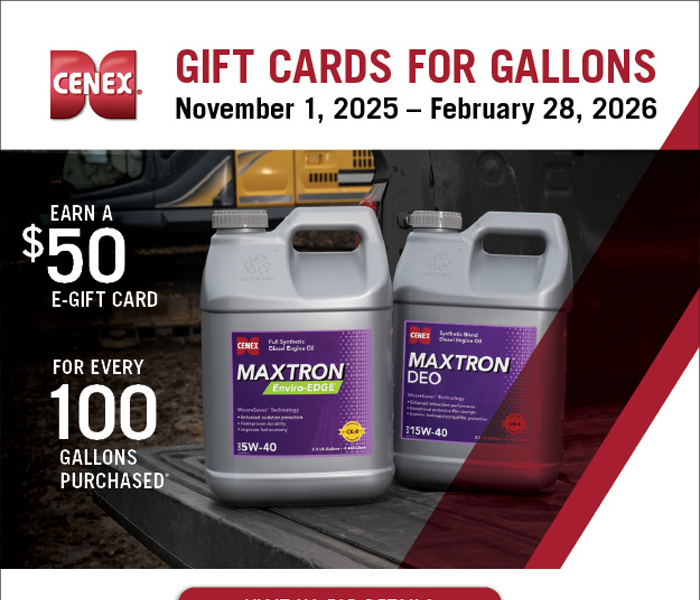Premier Co-op

December Energy News
I hope you were able to enjoy Thanksgiving with family and friends. And I hope you’ve recovered from your food coma. For the 10 of you (including my mom) who read my newslett...

The fertilizer industry buzz continues to revolve around tariffs, what they will look like, when they will be put in place, if at all, and how it impacts pricing of those commodities going forward. For now, tariffs are messy as there are more questions than answers. Outside of the tariff news, fertilizer market news continues to reflect the narrative and trend from the first of the year.
Potash
Many retailers have worked to take ownership of tons to avoid any potential tariffs. Tariffs were reduced to 10% vs. the 25% initial rate and are set to start on April 4th. The US imports over 80% of all potash tons used, from Canada. While there are some other sources for potash, logistics, product quality, and availability of the tonnage needed, they won’t be able to replace the Canadian tons. Pricing has moved up from the early winter months with solid demand in the US and globally, as well.
Phosphorous
No major changes from previous expectations. Supplies remain tight in the US, with very limited imports arriving. Outlook is firm to higher pricing in the nearby months.
Urea
Global factors continue to impact urea availability and prices. India’s appetite for tons, production curtailment due to high natural gas prices by some producers, and continued lack of Chinese exports have all contributed to overseas supply and demand, and impact on prices. In the US we need approximately 3 ml tons of import product to meet anticipated demand. As application season gets underway from south to north prices for product becomes less about where NOLA prices are to more regionalized pricing and availability of tons. Expect retail prices to continue to firm through the planting season.
UAN
Tight inventories, less Russian imports, higher year to date exports, (combined imports/exports are approximately .5 ml tons behind last year at this time,) coupled with comfortable positions by producers, equal firm to slightly higher prices heading into spring.
AMS
We’ve seen a large runup in prices since late summer/early fall in the US. Low beginning inventories, production issues and good demand are the main contributors. There will most likely be shortages and spot outages this spring in some parts of the country. Demand destruction could occur if costs become too high to make economic sense. Summer reset timing will be dependent upon demand timeline.
In addition to the factors discussed above, weather, logistics, geopolitical events, manufacturing disruptions, economics, and buyer sentiment all have impacts on supply, demand, and product costs. These can impact market conditions rapidly.
We understand market fluctuations can be challenging to navigate at times. Our team is here to support you in making informed decisions for your operation.
Have a safe spring!
Rod Redman
Division Manager